For many landholders, the primary attraction to carbon farming are the financial returns —and fair enough. Climatic conditions continue to become increasingly variable and as credit prices continue to rise, what farmer wouldn’t want to diversify and stabilise their income in uncertain times.
Though assessing whether to participate in carbon farming by financial return alone is to overlook some of the most beneficial outcomes that carbon farming can generate, both for productivity gains and environmental benefits.
GreenCollar’s projects are developed with partners that intentionally stack value in their projects to deliver the best environmental outcomes, including preservation of vulnerable habitat, biodiversity enhancement, and significant improvements to water and soil quality—all this on top of carbon abatement. The environmental and social windfalls generated by carbon farming projects are ‘additionalities’—often referred to as key benefits—a term that belies their significance when applied over the 15 million ha of land that GreenCollar manages projects on.
And the benefits for land managers can be equally varied. One of the most crucial ways carbon farming can add direct benefit to productivity is through soil improvement. A change in land management practices such as changes to tilling and irrigation regimes can not only potentially form the basis of carbon credit accrual, but result in measurable increases in soil function and fertility as well as increased water and nutrient retention in plants.
In 2012, the national cost of soil erosion in Australia was around $5.8 billion annually, and according to the Department of Agriculture’s website it’s been found more recently that around 33% of soils globally are degraded. But soil remediation is a core benefit of many of GreenCollar’s projects, both directly—in Soil Carbon Projects which aim to change herd management and tilling practices—and indirectly, in Vegetation Projects like Avoided Clearing and Human-Induced Regeneration.
One method that that has become popular in many regions in Australia is what is known as no-till or zero-till farming. According to the Western Australian No-Tillage Farmers Association (WANTFA), a no-tilling farming method promotes “limited soil disturbance, precision agriculture, permanent ground cover, diverse rotations and reduced compaction”. With this philosophy, no-till farming has been widely supported as a way of improving soil health and is a way to improve farm health and earn carbon credits without locking up any land.
GreenCollar is a leader in the carbon farming market, providing high-quality, high-value outcomes for land managers and the landscape, beyond just carbon abatement. As the industry grows and verification processes grow with it, carbon farming projects that deliver a range of benefits—from water quality to biodiversity enhancement—will become highly sought after. But the real benefit for farmers are in landscape outcomes – because what makes sense for the land makes sense for the farm.







